EDU Science 093EL Remote Control Toy Transmitter User Manual
EDU Science Co., Ltd. Remote Control Toy Transmitter
User Manual
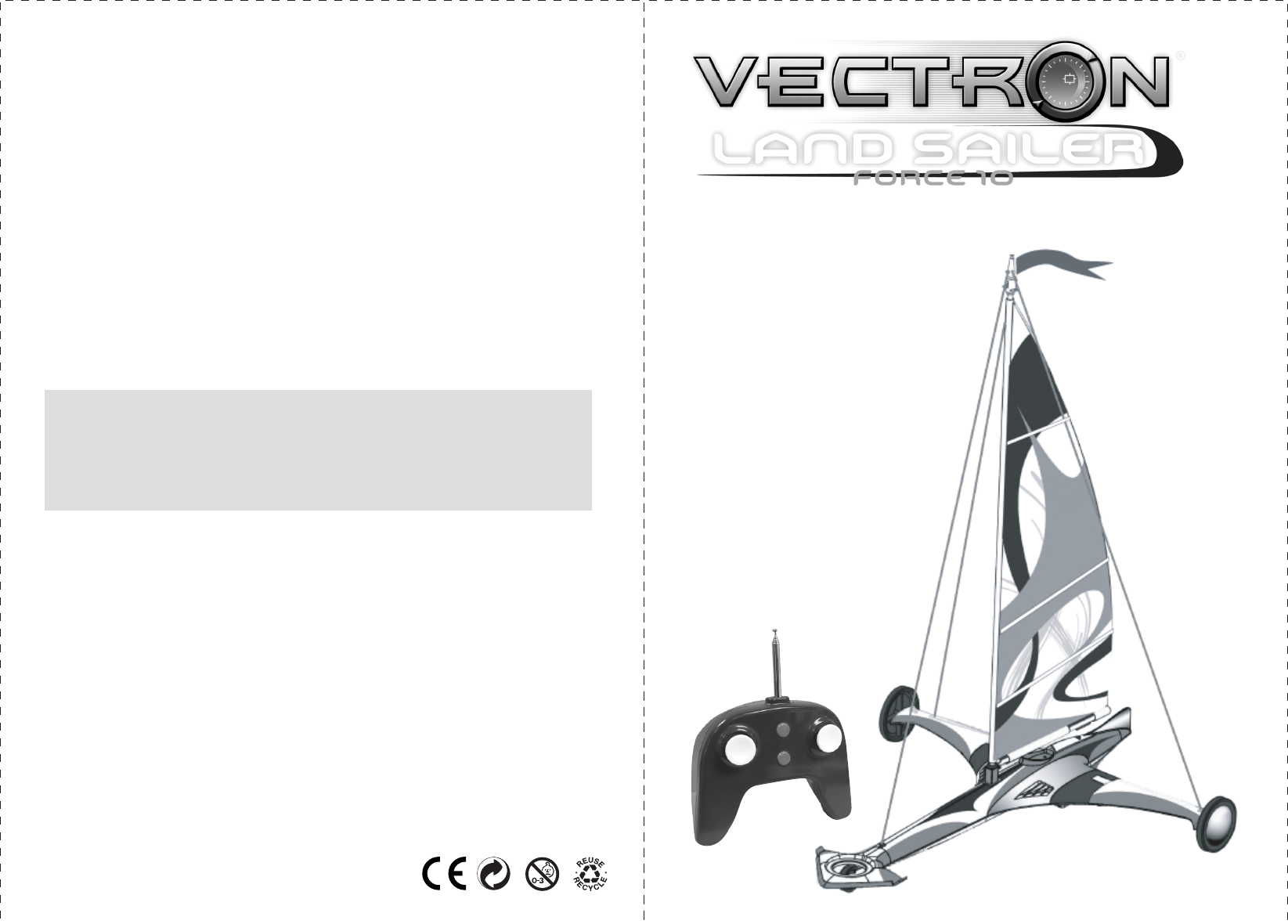
"Landsailer Sailing Instructions"
Designed by Design Circle Inc.
Written by: John Sinisi and Christopher Hamilton
Illustration; John Sinisi, Joel Carpenter, John Hughes.
For more information on Landsailers, chats, parts,
accessories, tunnig and regatta meets, visit
www.RC-Landsailer.com
Fun for family and friends!
Instruction Manual
U.S. AND INTERNATIONAL PATENTS PENDING
PLEASE DO NOT RETURN THIS PRODUCT TO A RETAIL STORE.
FOR QUESTIONS OR PROBLEMS WITH THIS PRODUCT,
PLEASE CALL OUR CUSTOMER SERVICE AT 1-800-637-3455
OR EMAIL: service@bhsciencetech.com
P38 - EL093 - 81001000
®
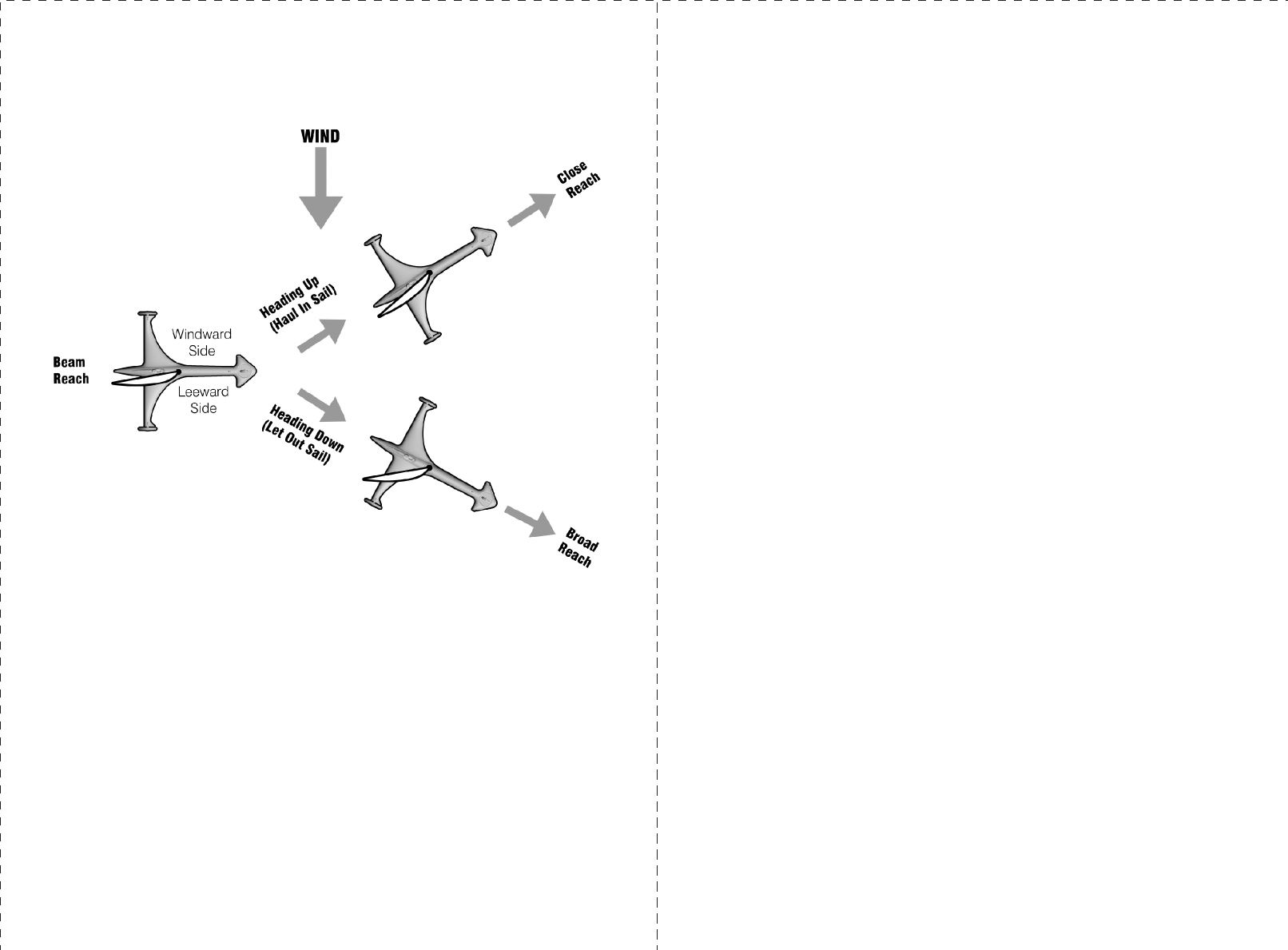
WARNING!
- Do not expose your Landsailer to rain or moisture.
- Do not play in a crowded environment.
- Do not play in a dusty area.
- Use only your Landsailer controller included in this package.
- Always turn your Landsailer "OFF" when not in use.
- This toy is not intended for children under 3 years old.
- The instruction manual contains important information and must be kept.
1
- Do not dispose of the battery in your regular household waste.
- Contact your local waste management officials for information on
environmentally sound disposal of rechargeable batteries.
- If a battery leak develops, avoid contact with leaking fluid. Place the damaged
battery in a plastic bag for proper disposal.
- If fluid comes in to contact with skin or eyes, wash with cool water for
at least 15 mins.
Battery Disposal
16
Glossary ReferenceGlossary Reference
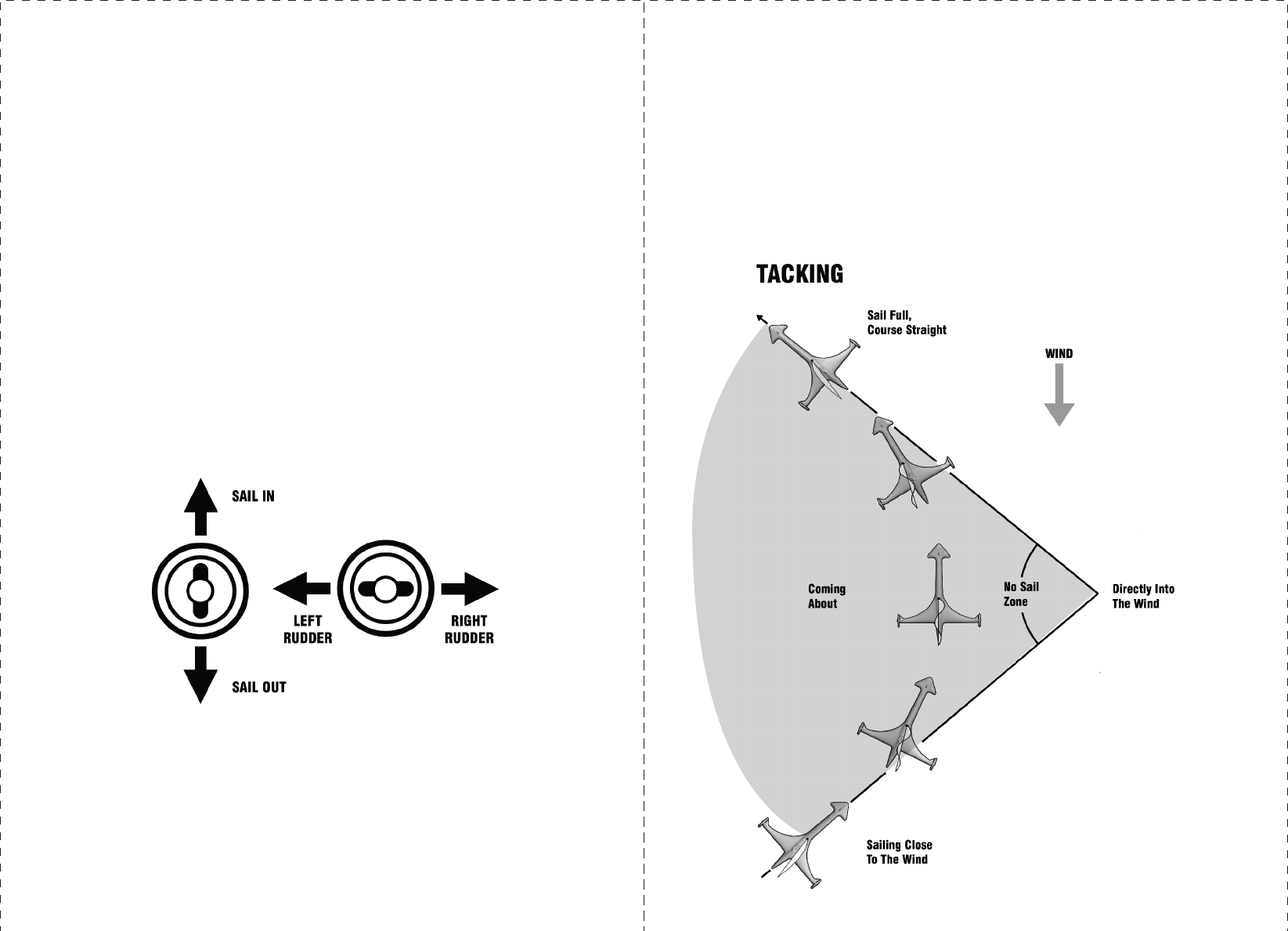
Because you canít sail directly into the wind, in order to get to a point
directly upwind, you must tack, or turn, through the wind and zigzag
upwind towards your destination.
In order to tack, turn the landsailerís front through the wind. Keep the
sail trimmed in so that you keep up your speed as you turn through the
wind.
11
Steering the Landsailer
There are two things to consider when operating your landsailer: 1)
steering the front wheel, referred to as the "rudder wheel", and 2)
angling the sails referred to as "trimming the sail"
1) The rudder wheel allows you to steer your landsailer in the direction
in which you want to travel. The wheel is controlled by moving the right
joystick located on your remote control. Moving the joystick from right to
left will turn the landsailer to the left. Moving the joystick from left to
right will allow the landsailer to turn to the right.
2) The angle of the sail, as compared to the wind, will allow you to
control the speed of the landsailer. The angle, or "trim", is controlled by
moving the left joystick up or down. Moving the joystick down moves
the sail out or away from the center of the body, or hull, of the landsailer.
Moving the joystick up brings the sail closer to the center of the hull.
"Landsailer Sailing Instructions"
To help you get started, the instructions below will provide you the
correct sail angles known as "sail trim" in relationship to wind direction.
Finding the best balance between the sail trim, the landsailerís direction
of travel, and the wind direction will allow you to obtain the greatest
speeds.
6
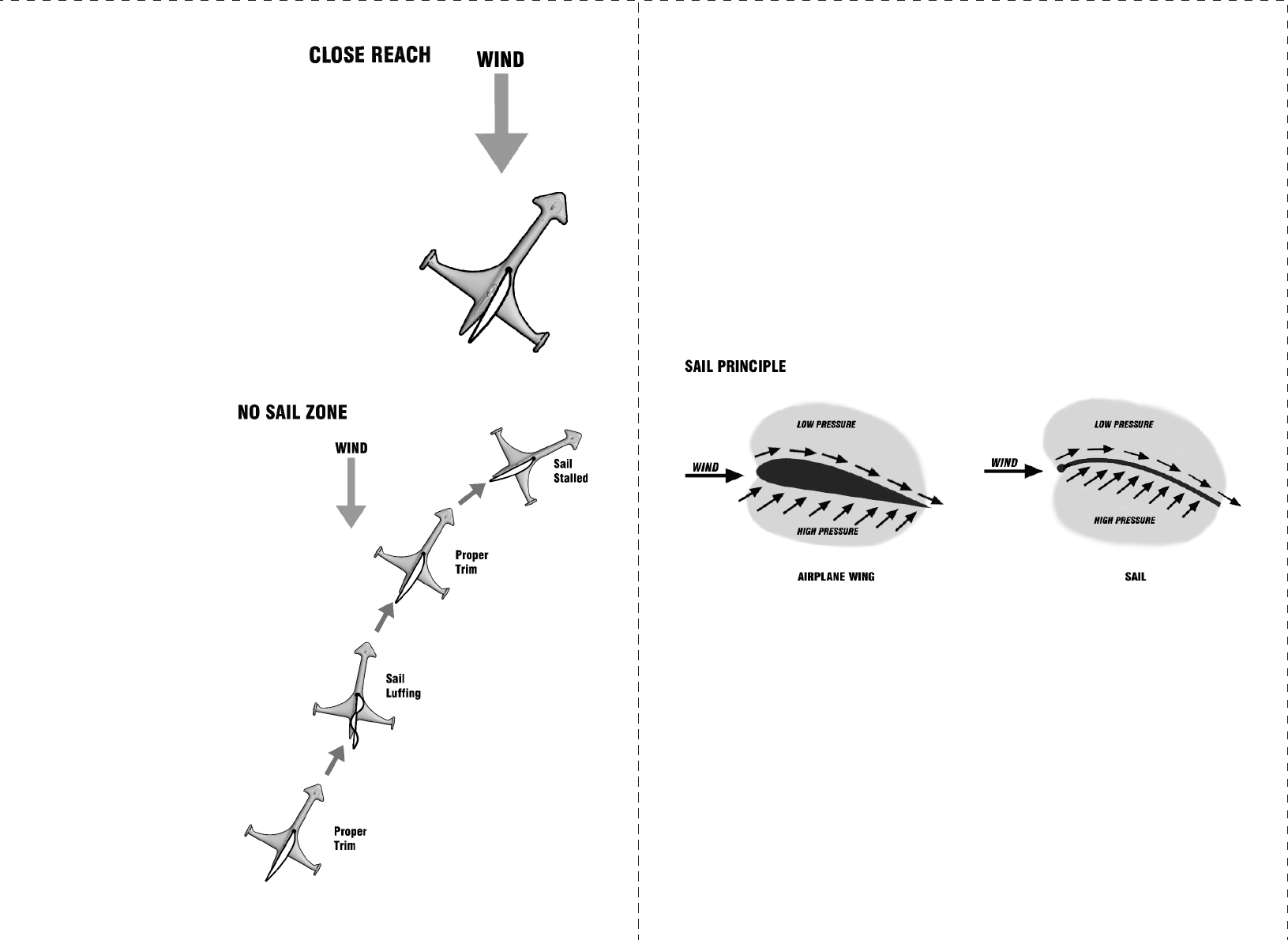
The most challenging
direction is steering closer to
the direction from which the
wind is blowing or into the
wind. In order to sail your
landsailer close to the wind,
you must trim the sail much
more closely to the center of
the landsailer. If you are
racing upwind, the best pilots
will be able to find the
balance that will allow you to
sail as closely to the "no sail"
zone as possible.
To find the no sail zone
you can bring the sail
all the way in to the
center of the landsailer
and gradually steer
more and more into the
wind until the sail
begins to flap like a
flag, and loose the
wind. This is known as
"luffing." When the sail
is luffing, it has no
pushing or pulling
power. You can also
lose sail power by
steering more and more
away from the wind
without moving or
adjusting the sail until it
stalls.
10
Harnessing the Wind
When you are ready to sail, the first step is to determine from which way
the wind is blowing. Use the ribbon, known as a "telltale" attached the
top of the landsailerís mast to determine wind direction.
Most days, we can observe the force of the wind pushing objects such
as leaves blowing and flags flying. But, with the right equipment, such
as an airplane wing or a sail, which works very much like an airplane
wing, the wind can be harnessed to push and pull things in many
different directions - even into the wind!
Going into the wind (upwind), when the wind blows over the front end of
an angled sail, it divides and meets at the back end of the sail. Because
the wind on one side travels a farther distance around the curve of the
sail, and the wind on the other side travels a straight line, it creates a
low-pressure zone along the curved side of the sail. This force pulls the
sail, and the landsailer, attached to it forward, or towards the wind
changing the angle of the sail can change the amount of low pressure
the sail creates. When the sail is correctly angled into the wind, the
resulting force drives the sail forward at its maximum speed towards the
wind. Going downwind, the sail is no longer being pulled by the wind,
but it is actually being pushed.
7
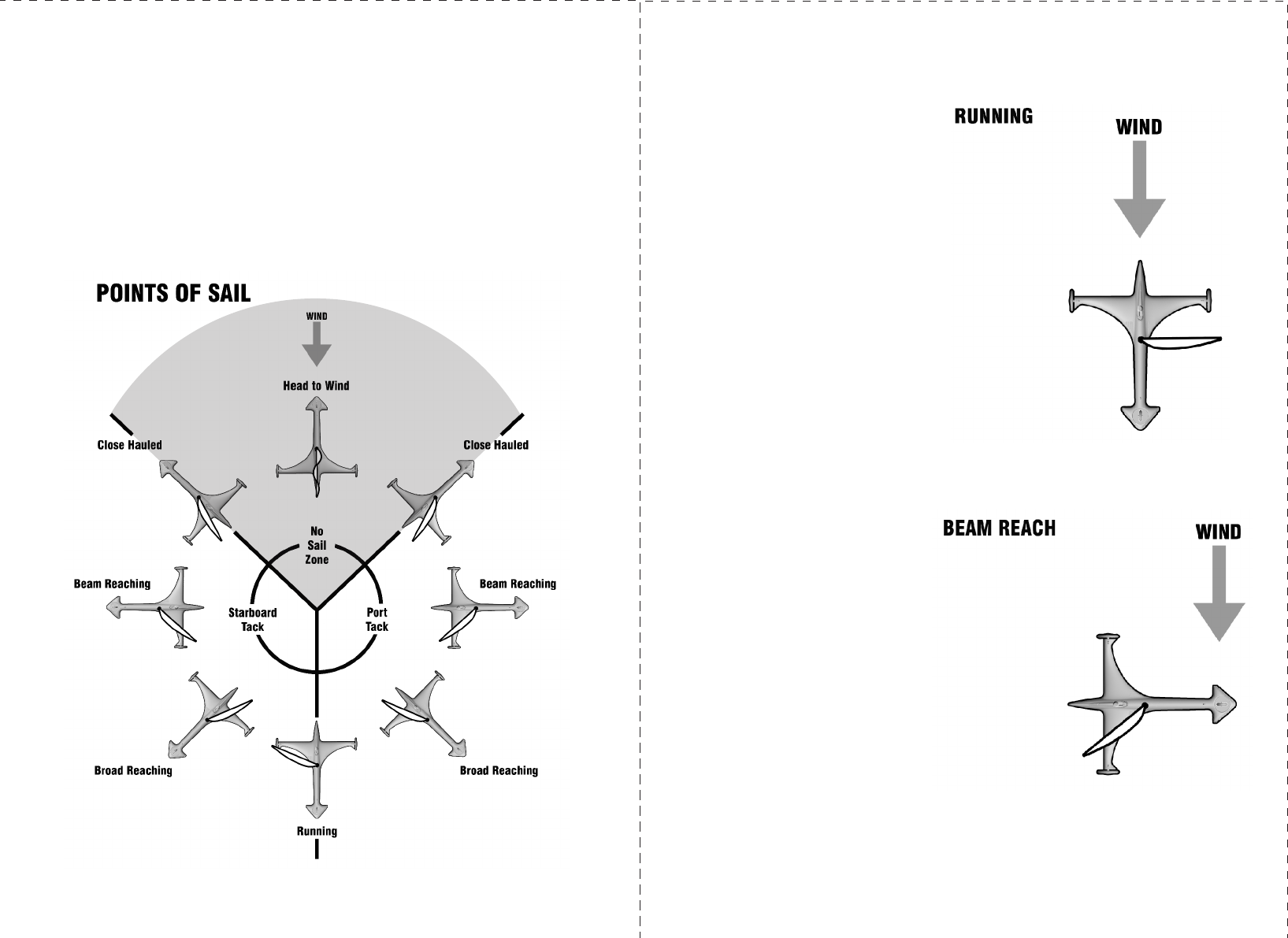
9
There are many directions that you can sail your Landsailer.
The easiest direction is away
from the wind, also known as
"running with the wind" When
steering away from the wind,
let the sail out and point the
landsailer away from the
wind. The wind will push the
landsailer.
A more challenging direction
is parallel to the wind, also
called a "beam reach". If you
angle the sail 45 degrees
from the wind direction, you
can run the landsailer back
and forth parallel to the wind.
This angle will provide you
with the maximum speed for
the landsailer.
A general guideline for sail trim, or angle, is that when the landsailer is
pointed as close to the wind direction as possible, the sail is trimmed all
the way in. When going dead downwind, or with the wind behind, the sail
is let all the way out. When the wind is perpendicular to the boat, the sail
is halfway in, halfway out.
However, it is not possible to sail directly into the wind. The closest you
can sail towards the wind is about 45 degrees to either side of the wind
direction.
8
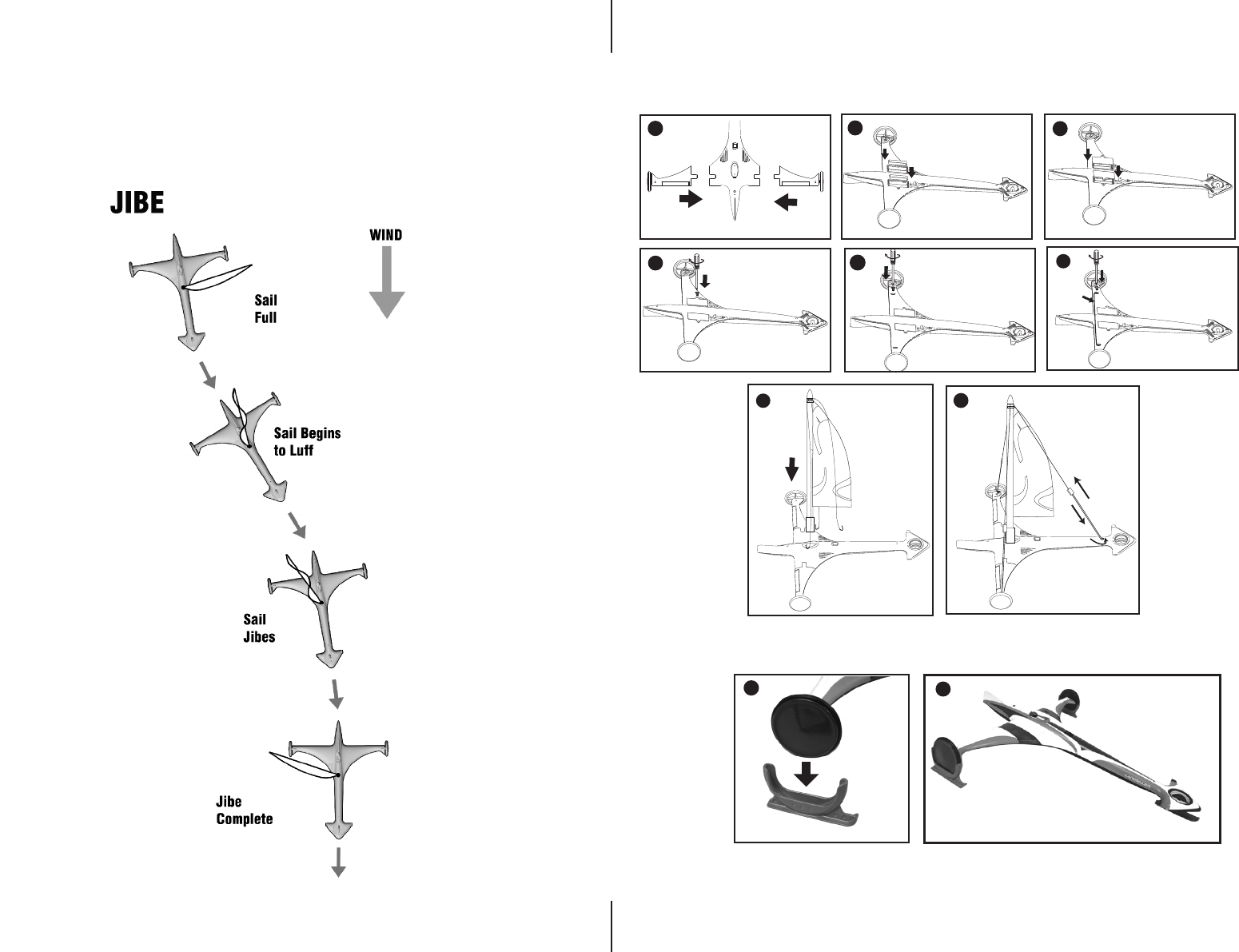
You can also turn around by turning the back of the landsailer through
the wind, also called a jibe, with the sails all the way out. This is usually
done when the landsailer is going away from the wind.
12 5
1
1
2
2
3
456
78
For Landsailer/parts:
For Ice Blades:
Assembly:
Now that you have finished assembling your Landsailer,
you are ready to learn how to sail!
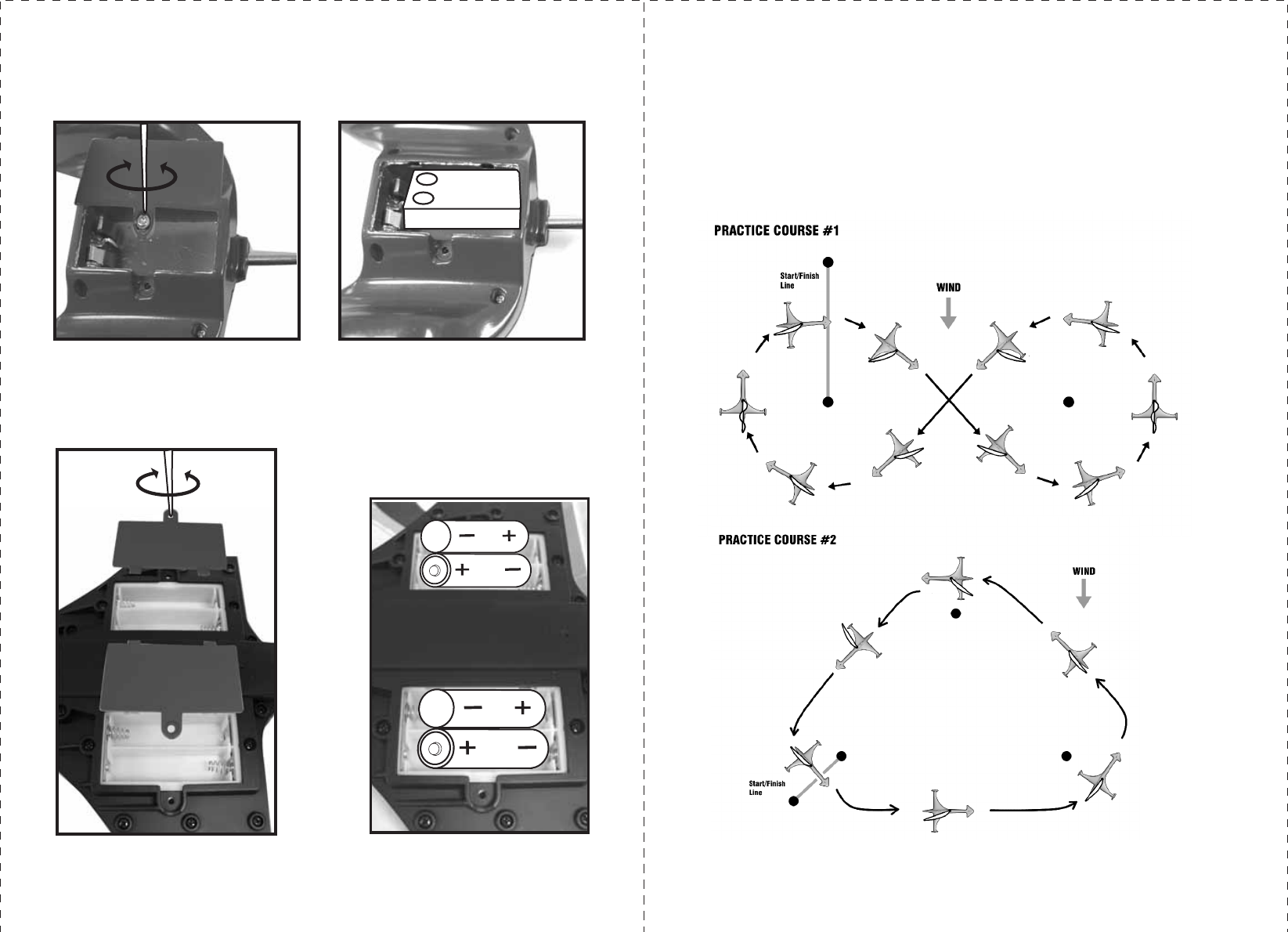
2) Insert one size "9V" (6LR61)
Alkaline batteries.
1) Open or close the cover with
a Philips screwdriver.
2) Insert four size "AA" (LR6)
1.5V batteries.
1) Open or close the cover with
a Philips screwdriver.
CLOSE OPEN
CLOSE OPEN
You can also race multiple landsailers at the same time on the same course.
Some rules do apply.
Battery Installation:
4
Expert Level:
Once youíve mastered the basic directions, or points of sail, itís time to
put your Landsailing skills into action!
Set up different courses with your friends and see who can maneuver
your landsailer through the courses in the fastest times. Challenging
courses encompass all points of sail and can be upwind/downwind,
circular, triangular, or any shape.
13
For Thrust Transmitter:-
For Landsailer:-
+
-
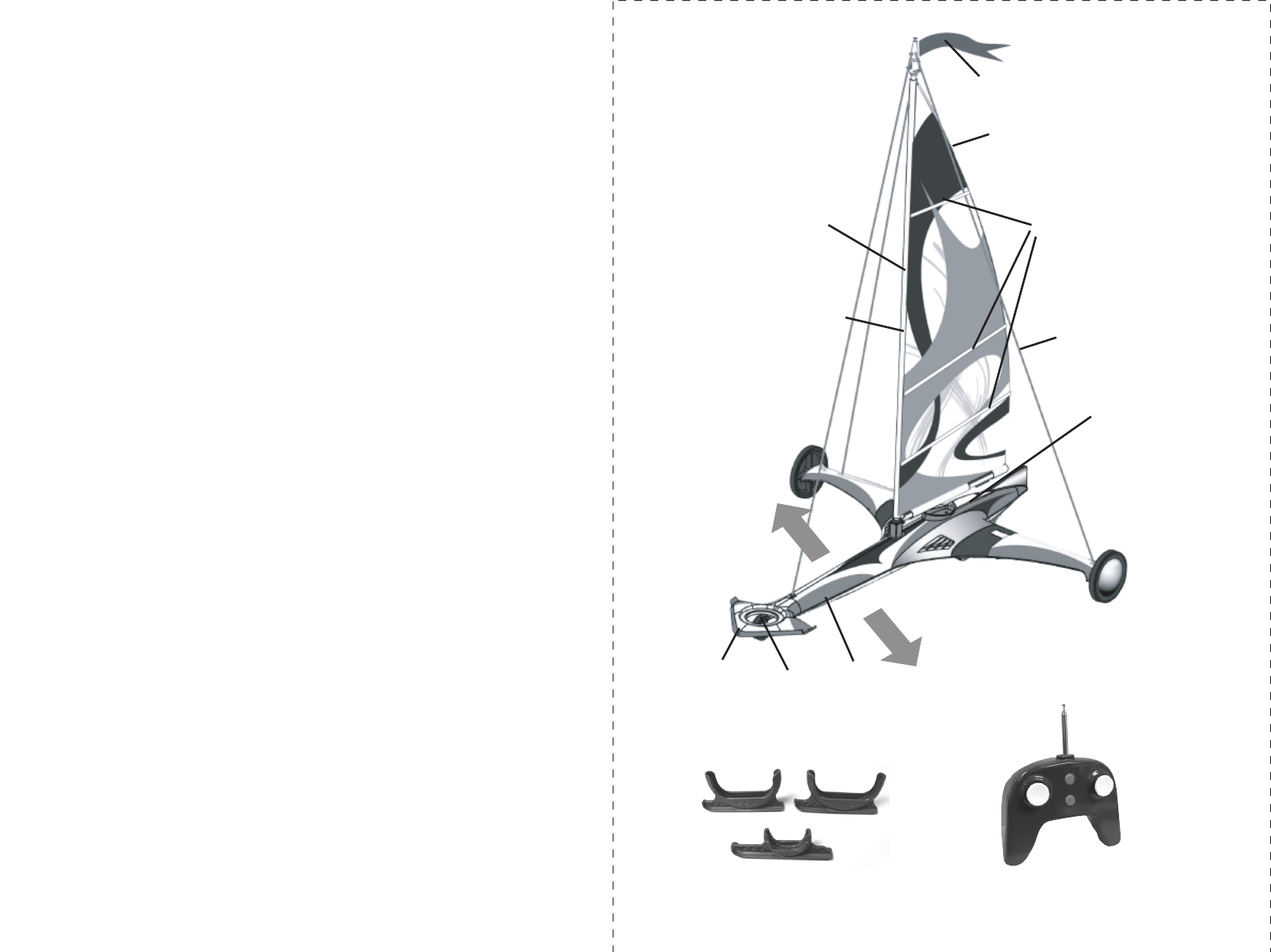
Telltale
Leading Edge
of Sail
Mast
Trailing Edge
of Sail
Battens
Stern
Pilot
Rear
Wheel
Hull
Rubber
Wheel
Bow
STARBOARD
SIDE
PORT SDIE
Thrust Transmitter
Contents:
3
Glossary
Abeam - Directly to the side, or at a right angle of the ship.
Battens - Thin plastic strips attached to the sail to hold its shape.
Beam - The width of the ship at its widest point
Beam Reach - Sailing with the wind coming directly from the beam, or
at a right angle.
Bear Away - To turn away from the wind.
Boom - The spar or pole at the bottom of the sail.
Bow - The forward end of the ship.
Broad Reach - Sailing with the wind coming between the beam and the
stern.
Close Hauled - Sailing as close to the wind as possible.
Close Reach - The point of sailing with the wind approximately 45-75
degrees off the bow.
Come About - Turning the front of the ship through the wind. (Also
referred to as "tacking")
Come Up - Turning towards the wind.
Downwind - Away from the wind.
Ease Up - To let out the sail.
Harden Up - To bring in the sail.
Head To Wind - Pointing the bow directly into the wind.
Heel - The angle of the ship when tipping upon one rear wheel or blade
while under sail.
Hull - The central body of the ship.
Jibe - Turning the stern through the wind.
Leeward - The side away from the wind.
Luffing - The flapping of a sail when pointed into the wind.
Mast - A central pole supporting the sail.
Outrigger - A structural rail extending the width or beam of one side or
both sides of the hull.
Port - The left hand side of the hull while looking forward towards the
bow.
Port tack - When the wind is coming over the port side of the ship and
the sail and boom are set to starboard.
14
Ice Blades

Battery Safety Guidelines
- To prevent battery leakage: Be sure to insert batteries correctly.
- Batteries should be replaced by adult.
- Never dispose of batteries in fire as this may cause them to explode.
- Do not mix old and new batteries (replace all batteries at the same time).
- Do not mix Alkaline, standard (Carbon-Zinc) or rechargeable
(Nickel-Cadmium) batteries (or equivalent). Only batteries of the same
or equivalent type as recommended are to be used.
- Non-rechargeable batteries are not to be recharged.
- Always remove exhausted or dead batteries from product. Remove
batteries from product which is not going to be used for a long time.
Otherwise the batteries may leak and cause damage.
- The supply terminals are not to be short-circuited.
- Make sure battery compartment is secure.
- Do not immerse battery operated toys. Wipe clean only.
2
15
Reach - Sailing across the wind.
Regatta - A sailing meet or race involving multiple ships, and usually
multiple races.
Rudder Wheel - The single steerable front wheel of the landsailer, used
to change direction.
Run - Sailing directly away from the wind.
Spar- Lines supporting the mast from side to side and front to back.
Starboard - The right hand side of the hull while looking forward towards
the bow.
Starboard Tack - When the wind is coming over the starboard side of
the ship and the sail and boom are set to port.
Stern - The back end of the ship.
Tack - The current path of the ship.
Tacking - Turning the front of the ship through the wind from one side to
the other. Changing tack.
Telltale - Thin sting or cloth used to tell wind direction.
Trim - Adjusting the angle of the sails.
Upwind - Towards the wind.
Windward - The side towards the wind.
NOTE:
THE MANUFACTURER IS NOT RESPONSIBLE FOR ANY RADIO OR TV
INTERFERENCE CAUSED BY UNAUTHORIZED MODIFICATIONS TO THIS
EQUIPMENT. SUCH MODIFICATIONS COULD VOID THE USER AUTHORITY
TO OPERATE THE EQUIPMENT.